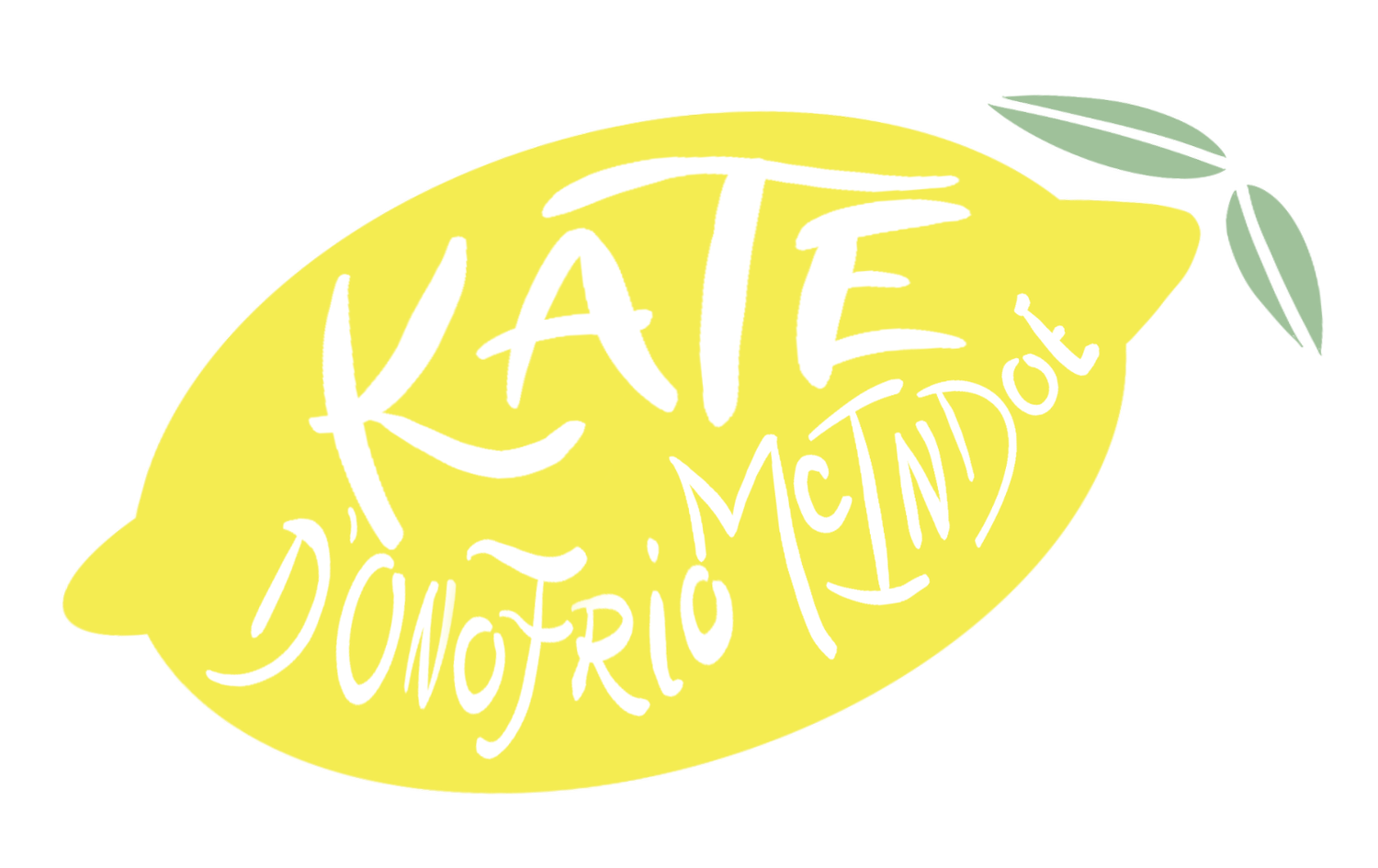Teaching is one of the most important professions in the world. Not only do teachers guide students through their school studies, but they teach them practical and essential life skills. Through lessons, students learn critical thinking, compassion, and effective communication. Teachers shape the future of the world by educating and elevating students to become the best person they can be.
A key part of students becoming elevated world citizens is being able to understand themselves and others. Art education is fundamental for the development of self reflection and introspection. Many students do not have the chance to practice those skills in their studies, unless they are in an art class. Students are able to practice their fine motor skills, critical thinking, and creative problem solving.
One of the best ways to build the foundation of introspection is to connect the students' culture with cultures they may not be familiar with. Even with language barriers, art can be understood, interpreted, and applied to students' everyday lives. Students are able to see differences and similarities and make critical connections that will further their education beyond the classroom.
Technology aids in multicultural integration by opening a channel of communication that would not be otherwise available. People from different countries and cultures can put their artwork on the internet for the entire world to see. Instead of having to create a proposal for a field trip to the local museum, or only being able to show small reproductions of art, teachers can have virtual field trips to multiple world renowned museums. Students can have an immersive experience without leaving the classroom.
Differentiation also benefits greatly from advancements in technology. Students with different needs can have a full range of assistive technology to excel in the art room, like paint brushes with large handle grips, slant boards, and even large brushes that can attach to the bottom of a wheelchair. All students deserve the same level of care and attention to reach their full potential, and differentiation is a key part of that. Many teachers view differentiation as a hindrance in their teaching plans, but in actuality, it is a way to explore new approaches to teaching.
Using differentiation also requires the teacher to create relationships with students. To tailor education for students and their individual learning needs, there has to be a strong relationship built on mutual respect between the teacher and the students. Through a relationship, a teacher will be able to understand a student's preferred learning style and aid them in their studies by offering a more personalized lesson plan. Not only will their lessons be modified for better understanding, but students will have a shining example of how to treat others with kindness, respect, and caring.
A teacher wears a multitude of hats because educating is not their only job. Teachers are responsible for creating experiences allowing students to develop as kind, well-rounded, and open-minded human beings. They must be a listening ear, a voice of reason, a shoulder to cry on, and a helping hand. A teacher's relationship with students is paramount for successful learning. Additionally, when art is mixed into a student's education, they can achieve the skills necessary to become an outstanding world citizen more efficiently and with greater impact than if they had an education without art. Students learn self-confidence, love, and reflection through their own and others artwork. They learn to appreciate and respect cultures different from their own. They are given the opportunity to hone their fine motor skills, work collaboratively, and think creatively. The impact an art teacher has on a student is not only for a school year, but lifelong.







